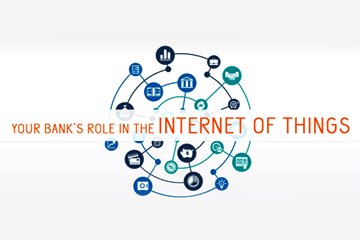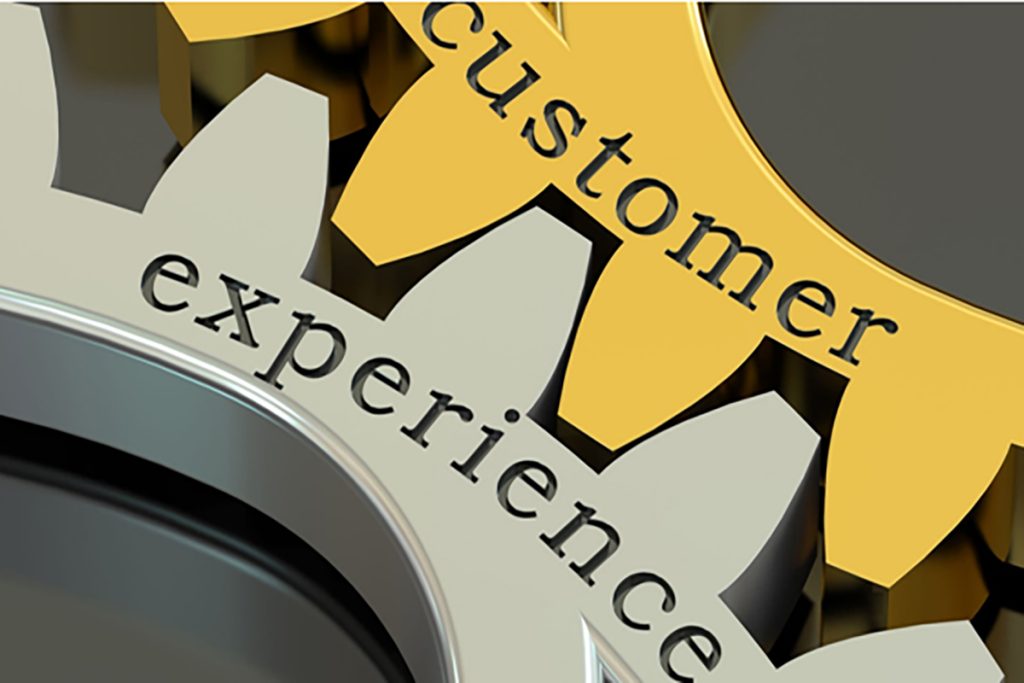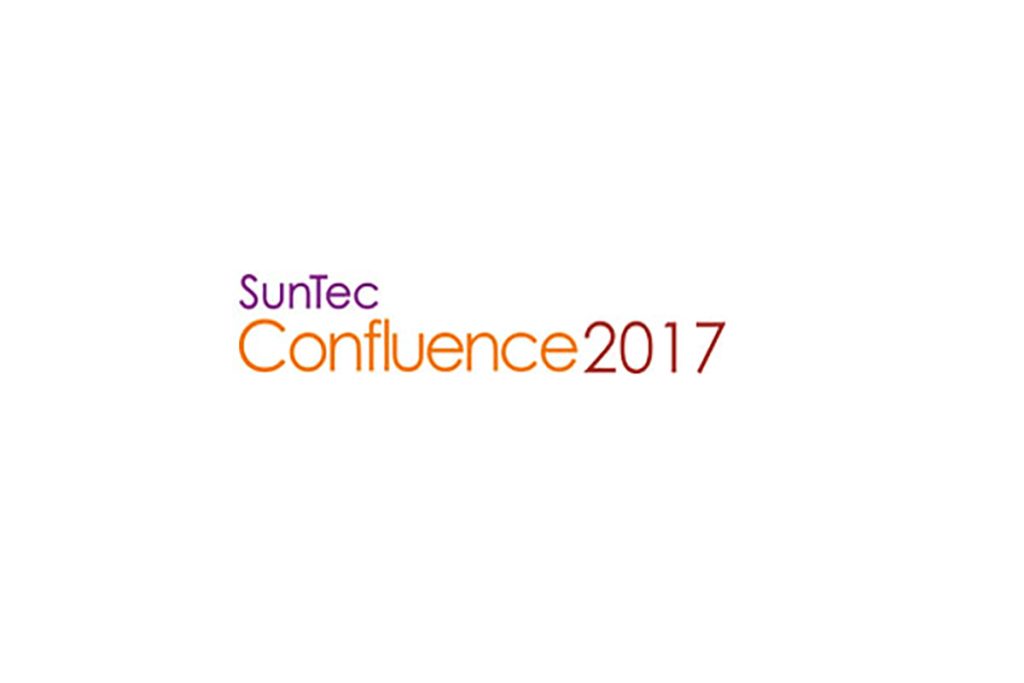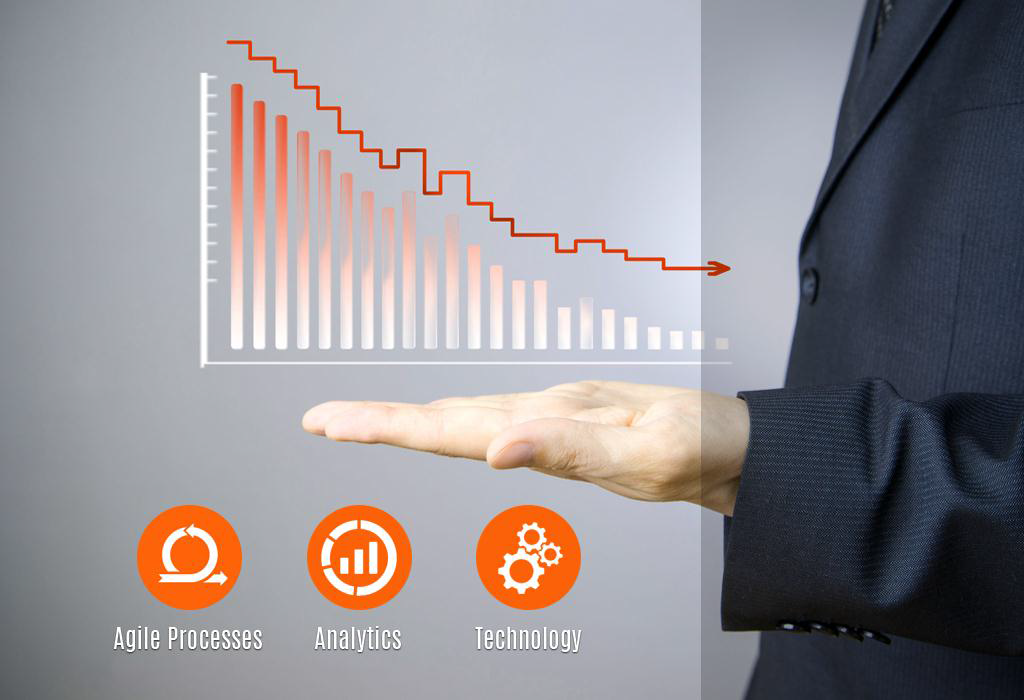
“Should we go digital” is definitely not the question banks are asking themselves. They were, but that was a long time ago. Just like global warming, we have all seemed to make up our minds that digital banking is the answer. Of course, just like global warming, there are a few naysayers who nobody, including the customer pays much attention to. As we cross into the 4th industrial revolution, the question therefore is “What is the best way to implement digital banking?”
Well, I am afraid, there’s no silver bullet. It all depends on a myriad of variables, all dynamic, so dear chief digital officers – I definitely don’t envy you your jobs. There are a few things though that might help you out on your journey – and that’s what we are going to discuss in this blog.
Talking about industrial revolutions always takes me back to the renaissance. The answer lies in the age-old cliché of how all banks started as product-centric organizations and moved onto customer-centric ones (or trying to) as they developed further. In their endeavor to do so, they tried developing the then ‘heart of the banking system’, the core banking system to enhance the way they interact with their customers.
Basically, the core banking system which was a record-keeping system was added with a few functionalities which will allow it to cater to some of the basic customer interaction requirements. However, now that we have made our way into the digital era, banks are finding it exceptionally difficult to keep growing the same way. The customers are familiar with the flexibility and personalization that’s being made possible by digital enablement in the other industries. The likes of Uber, Netflix, Amazon have transformed the way customers evaluate their services.
The banks have been trying to catch up but the core banking systems are just not flexible enough to handle the levels of personalization and contextualization that the customer of today demands. Some of the more innovative banks have invested more in the channel systems in an attempt to enhance their game. The problem with that strategy is that the channel systems keep growing in silos and the banks are unable to gain an overall insight on the value provided.
So slowly, the core of the banking system is being replaced with a digital core – not to be confused with digital core banking. Yes, the core of the banking ecosystem has been replaced while you were not looking. Chris Skinner, acclaimed strategist on the financial markets, defines digital core as “the removal of all bank data into a single structured system in the cloud. The data is cleansed, integrated and provides a single, consistent view of the customer as a result”. Of course whether it’s in a cloud or on-premise is a delivery question – the main proposition here is that there is a definite need for a system which can sit in the middle of the banking ecosystem and enable the organization to gain unique insights on the value it provides to the ecosystem
The ecosystem is not only the customers and would include partners and suppliers as well. These insights can progressively be based on each micro-activity and this is where banks become perfectly dynamic and contextual for their customers. This brings me to my conclusion that the final step in true digitalization would be to understand the extent of value exchange at each and every touch-point within your ecosystem. However, for starters, getting a middle-office system which can speak to upstream and downstream systems and still give you the flexibility to react to your market, would be the way to start your digitalization journey. That in my opinion is a partial answer to the question we asked ourselves at the beginning of this blog – “What is the best way to implement digital banking?”
Tathagata Kandar
Tathagata, or Teekay is a marketeer working in the financial services domain. He can be reached at @TathagataK.








